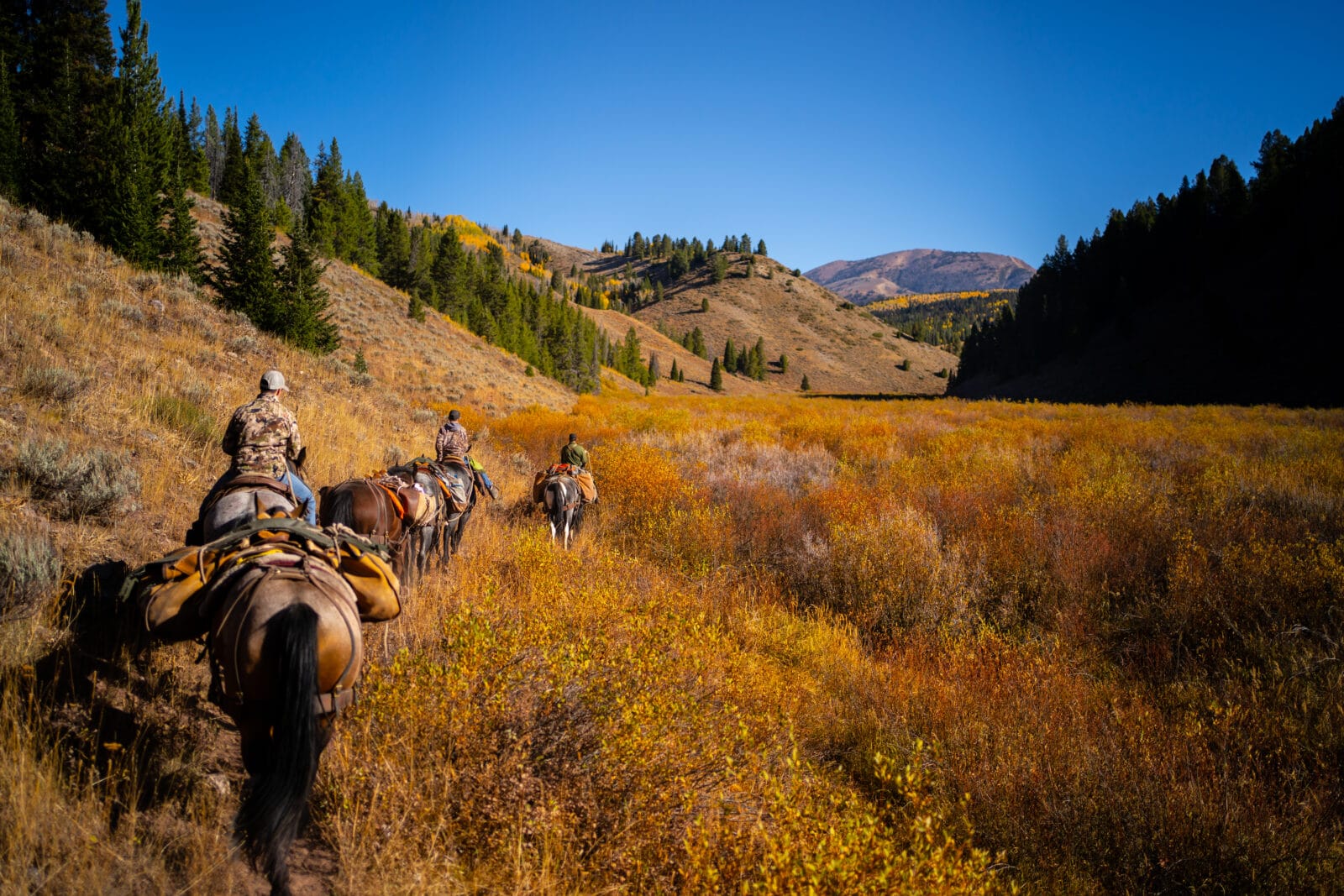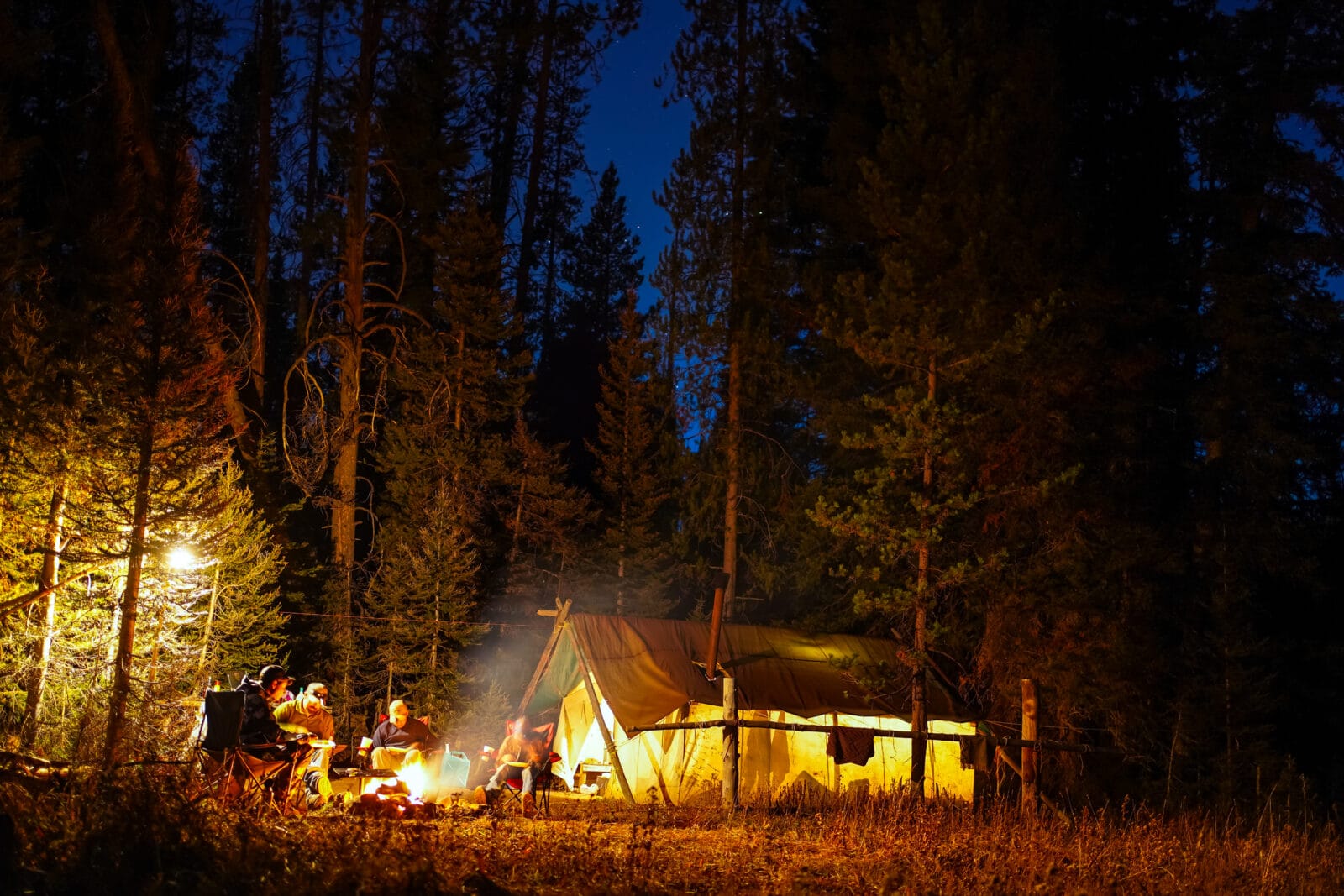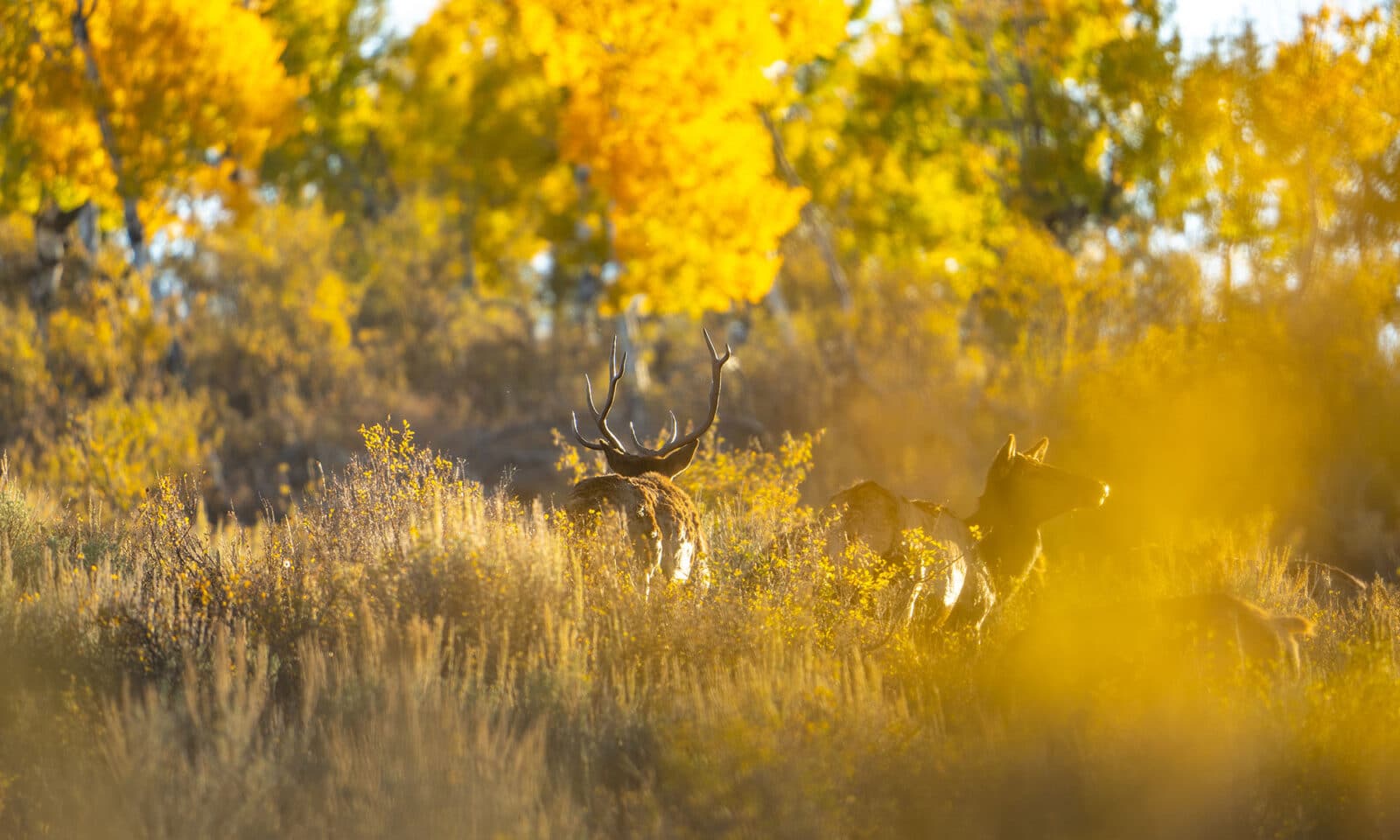Since the advent of the “Information Age,” hunts across the West have become increasingly difficult and sometimes frustrating to acquire if your application strategy isn’t on point. In this article, we’ll dive into some solutions and educate you on how you can still put tags in your pocket every hunting season.
My Background
I have been a Huntin’ Fool Hunt Advisor for the last seven years, and I’ve been applying and hunting out of state for the last 20+ years. I can remember when Huntin’ Fool started more than 20 years ago and was the only gig in town when it came to informing non-residents about hunting opportunities across the West. Most of what they covered was trophy hunting opportunities, and for good reason. At that time, trophy-class elk and deer hunts could be drawn every other year largely due to the lack of information about said opportunities. Fast forward to today, and those same hunts will take a lifetime of applying to draw. I say this not to discourage hunters from pursuing big game out West, but rather to emphasize that it’s not as easy as building points for a couple of years and going on a trophy hunt.
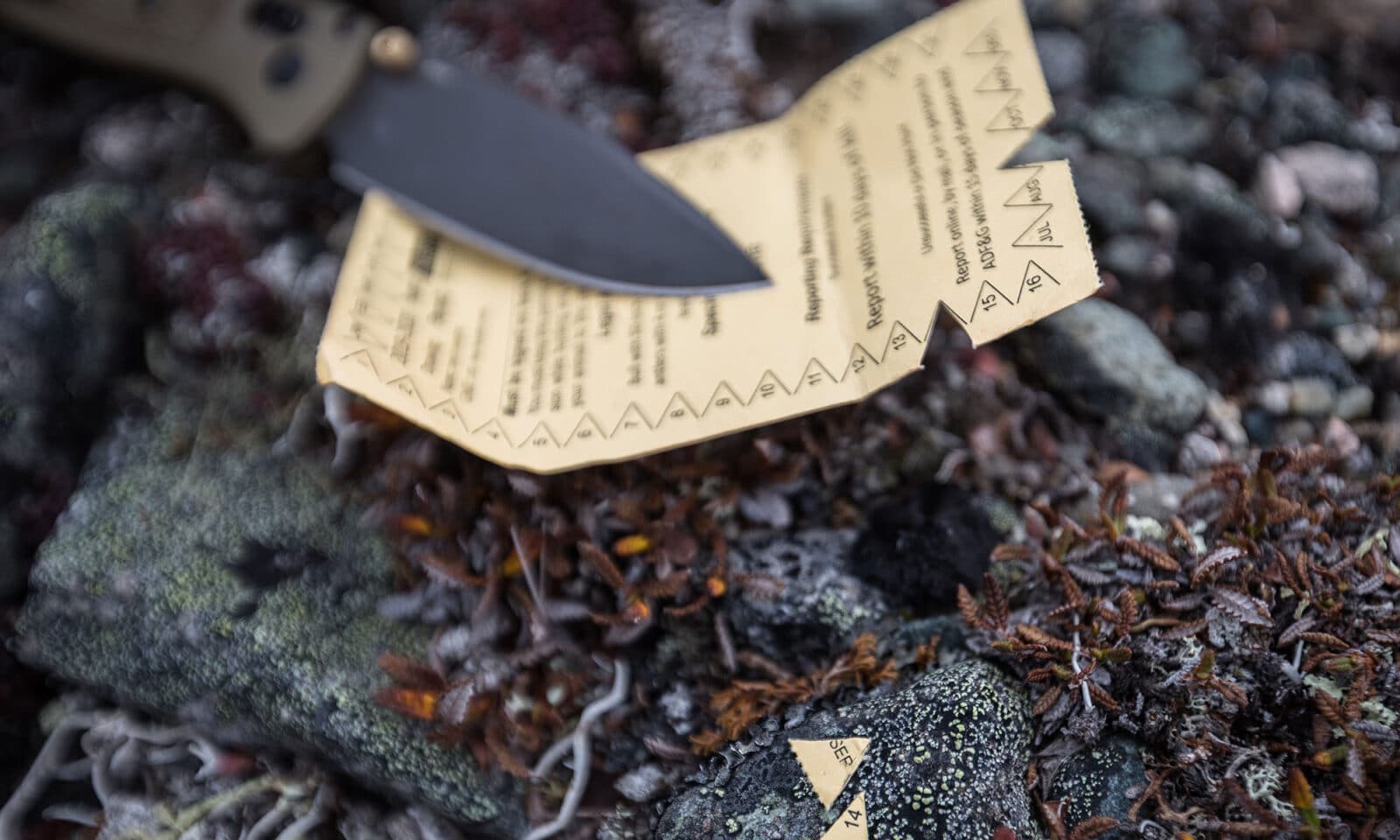
Managing Expectations
Trophy hunts used to be easy to come by, and in the ’90s and early 2000s, hunters could pursue trophy-class elk and deer every year if they had the budget to afford non-resident fees and put in a ton of time on the phone researching which hunts held that trophy potential. Now, everyone knows about the Kaibab, Arizona Strip, Henry Mountains, Ely, NV, etc., and they all want a piece of that pie. The problem is that there are not enough pieces of that pie to go around, and if you don’t have more realistic expectations, you will end up spending thousands of dollars in application fees and likely never get to hunt. You shouldn’t eliminate these types of hunts from your application portfolio, but it’s just not realistic to expect to draw areas like these every year. Don’t make them your focal point, but use them for what they are: once-in-a-lifetime or “add-on” hunts.
If you want to try to hunt western states every year, you’ll have to realize that you will be hunting zones with high tag numbers that aren’t managed for trophy-class animals. However, there are still amazing hunts out there that can produce old, mature animals once you figure them out.
Customizing Your Strategy
For applicants who just want to get enough of a diversified portfolio to consistently put tags in their pockets and are not hung up on trophy hunts, you can pinch your pennies and pick and choose how many states you want to apply for. I apply for both trophy and opportunity-type hunts to consistently have a balance between not drawing too many hunts and still having enough hunts to fill my schedule. I know that I’m in a unique situation that affords me more days afield than the average Joe, but that’s why I apply in 8-10 different states annually.
If you only want 1-2 hunts out West a year, you can trim it back to 3-4 states and save money while hunting areas that have decent trophy potential. I don’t consider myself a trophy hunter in the sense that I am only willing to hunt units and seasons that have the highest percentage chance of harvesting a trophy-sized animal. Due to this, I can hunt more often and only need to build 1-5 points in order to draw most hunts in the top four states I would be comfortable hunting.
I know point creep is all the buzz, and some hunters often point to the hardest-to-draw units and criticize preference/bonus point programs, but for me, preference points work out incredibly well as I can cash in my 1-5 points on a rotating basis between a few states and always have guaranteed hunts every year.
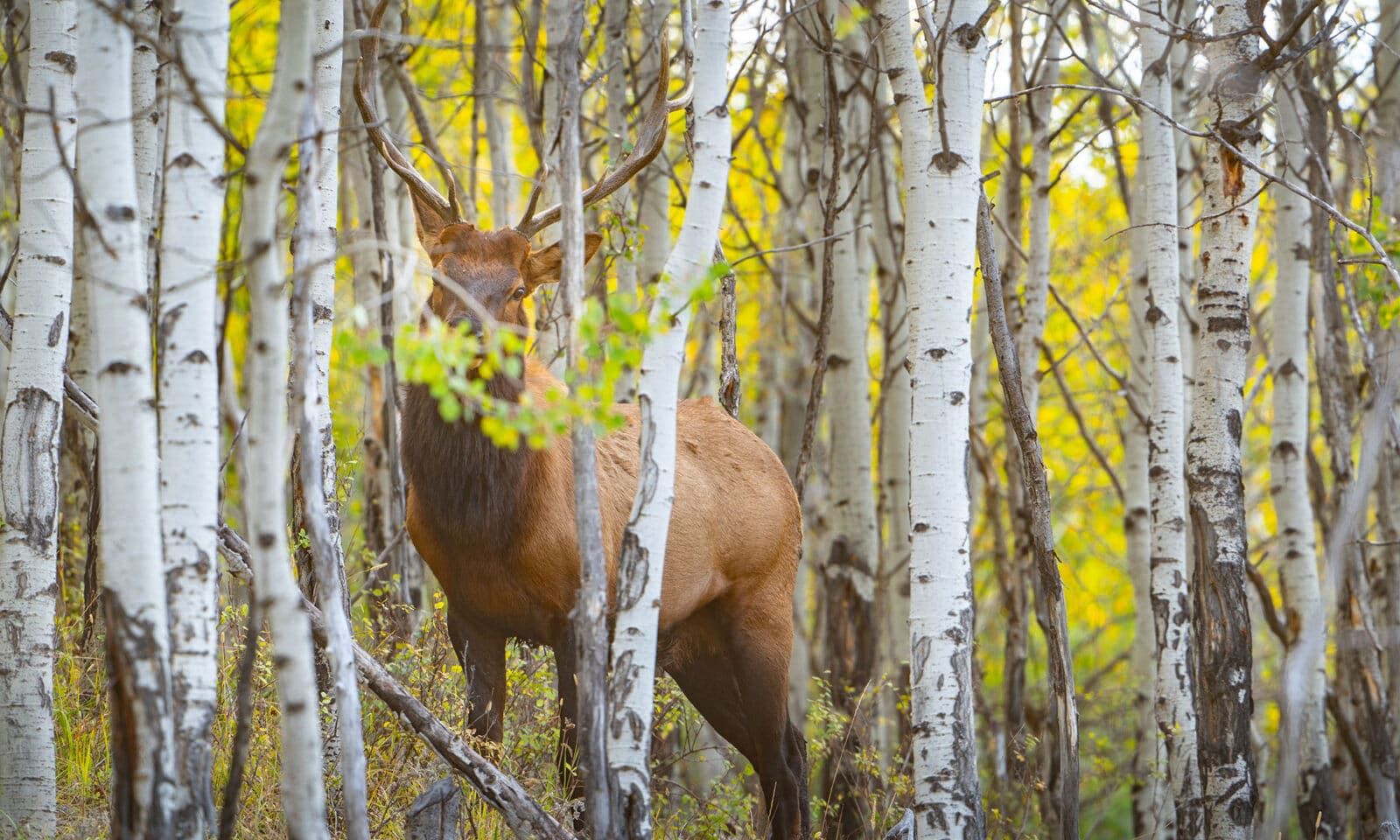
The Top Four “Must Apply” States
Wyoming and Colorado are at the top of my list for the best states that have good return on my application investment for elk, deer, and antelope. These states have multiple payoff species that I can take advantage of drawing on a regular basis. I rarely accumulate more than 1-5 points for any of these species before I cash them in on a hunt. In both states, there is a big gap between the number of points required to draw an exceptional hunt as opposed to an average hunt, and in most cases, the point/hunt difference is not worth the wait. In these states for elk, deer, and antelope, one could argue that the average size of animal harvested between a max point unit and a unit that takes a few years to draw is razor-thin. The biggest advantage to trophy areas is the limited number of tags issued, not trophy size.
Arizona and Montana are my #3 and #4 states, as they have enough options available for elk, deer, and antelope if you are well-versed in multiple weapons. I have these states rounding out my top four because I don’t mind hunting units with lesser quality as long as it puts me in the field more often. I stay well-versed with archery, muzzleloader, and rifle because Montana has great opportunities in limited quota areas for archery elk that can be drawn on a semi-annual basis (1-5 years). The odds for some of those same units for rifle often take applicants 10+ years to draw.
The archery deer hunt on the Kaibab in Arizona can be drawn in 10 years, and for the same unit, it would take at least 18 years for early rifle hunts and up to 24+ years for late rifle hunts. Arizona also offers rifle Coues deer hunts that can be drawn with zero points in units that have trophy-class bucks in them. If you hunt archery, you can hunt most of the state in December and January during the rut with an over-the-counter tag, all the while applying for trophy elk and sheep hunts for only $30 more.
Montana is also cheap to build points in if you do not wish to participate in the draw. This will cut down on application costs in years you don’t have enough points to have better than a 50% chance of drawing.
Add-On States and Species
Between those four states, I can put multiple deer, elk, and antelope tags in my pocket every year or every other year. If your hunting goal is to put meat in the freezer, these states have plenty of hunting opportunities to accomplish that goal while maintaining decent quality. The only problem is that there are limited options for “add-on” trophy hunts.
Arizona is the best state out of these four for “add-on” opportunities for trophy species, along with Wyoming mountain goat and Colorado Desert bighorn sheep. The rest of the species within those states are going to have heavy application costs for less than 1% draw odds.
If you want to add other states that offer you more trophy-type application opportunities for a minimal cost, but don’t have as much opportunity to cash in on your investment, incorporate these states:
- Utah is one of the cheapest states to apply for all species, but to draw one of their limited-entry permits will most likely take a new applicant 20+ years. The only silver lining is that if you accumulate general deer preference points, you can draw these permits every year up to every 3-4 years, which gives you a way to get some return on your investment.
- Nevada is fairly expensive up front, as they require applicants to purchase a non-refundable hunt/fish combination license in order to receive bonus points. The payoff species in Nevada is mule deer, as some hunts have good odds of drawing in the first five years of applying, and the “add-on” trophy species are abundant.
- California bighorn sheep, Desert bighorn sheep, elk, and antelope all have trophy quality and can be applied for. The draw odds are poor, but for only $14 per species (except elk, which is $19), you can apply and have a chance at drawing a trophy tag.
States Without a Point System
I haven’t covered any of the non-point states like New Mexico, Idaho, and Alaska because I classify these as “add-on” states. What I mean by that is that if you are planning to hunt in Alaska or Idaho in the future and you are already buying the hunting license, you may as well apply in the draw for hunts that year. Alaska is a little cheaper to apply for than Idaho once you have purchased the license, but other logistics will elevate the cost of your hunt. Both states require the purchase of a non-refundable hunting license to apply in the draw, so it just makes sense to use on those years you plan on hunting these states and make the most of the license purchase and apply in the draw. The fact that they do not have a point system is great, as you can sit out years and not lose any ground to other applicants who continue to apply every year.
Up until 2019, New Mexico required applicants to buy a hunting license to apply, but applicants could opt for a refund of the license fee if unsuccessful in the draw. Now, that $65 hunting license fee, along with a few other ticky-tack fees totaling $79 is non-refundable, which makes it a little less appealing than in years past. Potential applicants must have a pretty big limit on their credit card if they plan on applying for all species, as New Mexico requires the entire tag fee upfront at the time of application, and you could quickly tally up over $12,000 in application fees. All of these fees are refundable if unsuccessful in the draw, except the $79 fee and $13 per application fee. That isn’t all bad, but that is why I use New Mexico as an “add-on” state, depending on what I think I may draw that year in the other states.
States Where the Cost Outweighs the Opportunity
There are certain states that I just don’t recommend non-residents apply for unless they already have a wealth of points built up. States like California, Washington, and Oregon, for most species, are expensive to apply for and have horrible draw odds for lesser quality animals. The only exception is if you are interested in hunting blacktail deer or Roosevelt elk in Oregon. Hunts for these animals can be acquired fairly regularly. However, when it comes to the other big game species within those states, the expense far outweighs the potential return.
Glossary:
Add-on Species – Species that are not an applicant’s primary reason for applying in that state.
Add-on States – States that do not have a preference/bonus point system that can be added and subtracted from a person’s application portfolio without losing ground.
Payoff Species – Species that have quality hunts available to draw in under 5 years.
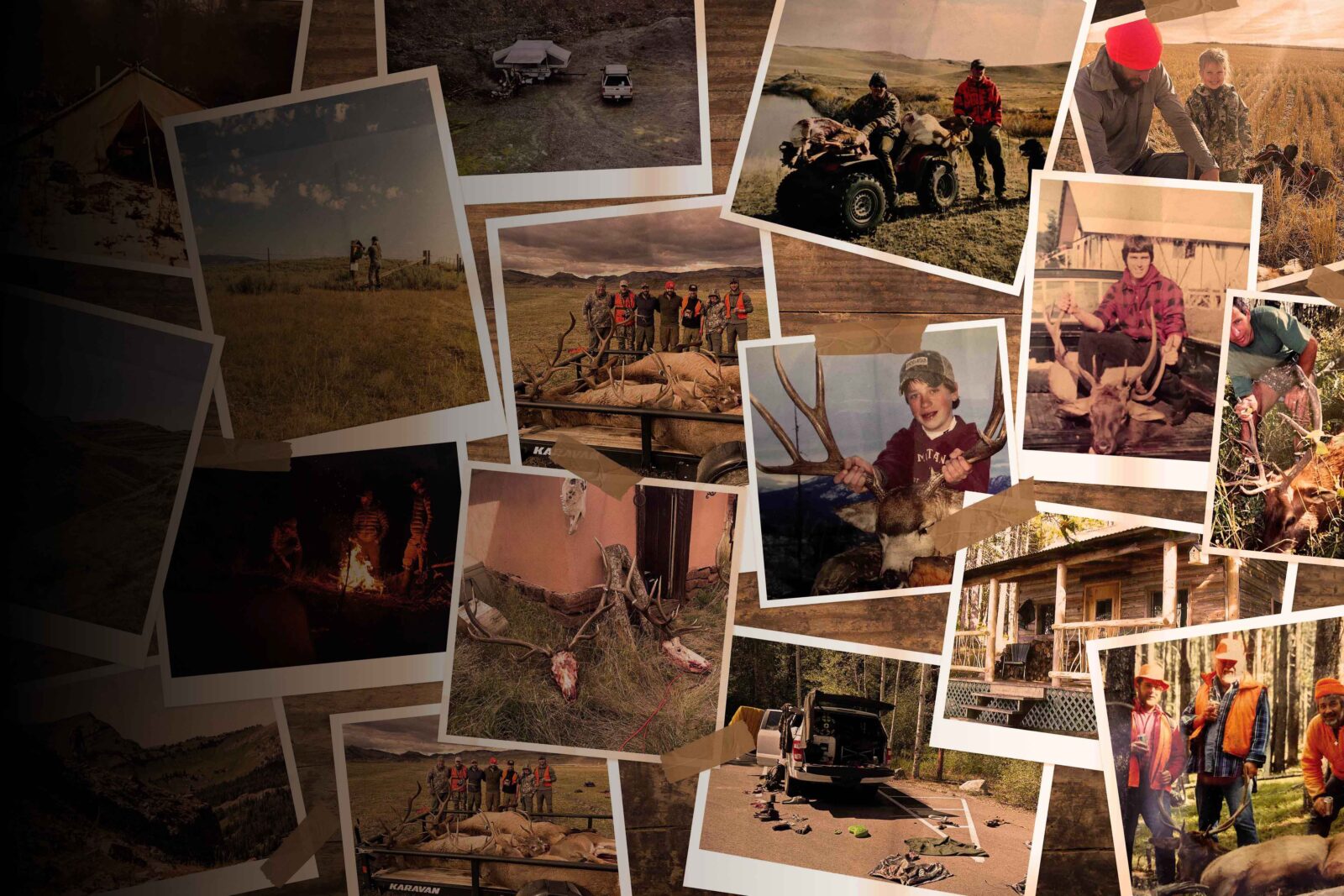

Your Complete System for Securing Tags
Whether you’re chasing a once-in-a-lifetime hunt or just looking to fill the freezer, your season starts with onX Hunt’s application tools—all included with an Elite Membership:
- Hunt Research Tools: Draw odds, tag trends, and harvest stats for 11 western states (Washington is not yet available) to help you decide where to apply.
- Huntin’ Fool: In-depth insights to navigate state-specific systems and build better strategies.
- HuntReminder: Text and email alerts so you never miss a deadline.
One membership, every tool you need to make 2026 the year.
